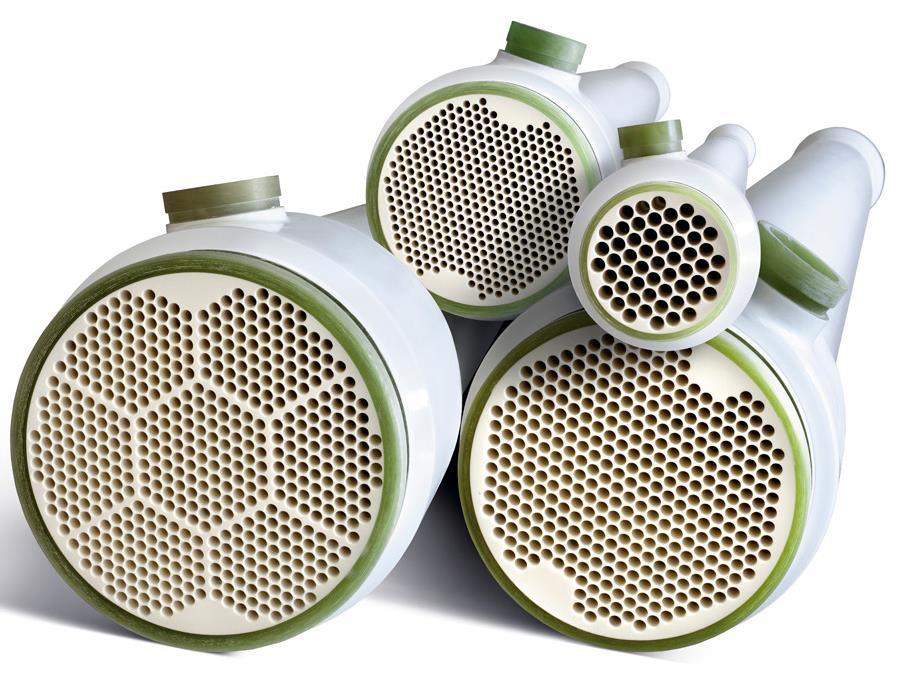All about Residential Water Treatment System
Table of ContentsHow Residential Water Treatment System can Save You Time, Stress, and Money.5 Easy Facts About Residential Water Treatment System ShownResidential Water Treatment System for BeginnersWhat Does Residential Water Treatment System Mean?

on the other hand, comes from manufacturing, industrial and industrial tasks brought and has an entirely various make-up than sewer water. Exactly how does it work? The initial step in this water treatment plant is that the wastewater drains to the plant with the assistance of gravity through the major sewer system.
In this stage, the water moves with the gravel chamber to remove any grit. The water then moves to the bar screens which eliminate large items.
In this stage, the water flows to the main settling tanks, also understood as pre-settling containers. These containers have receptacles which are positioned in the base of the tank where water moves with.
The Best Guide To Residential Water Treatment System
These working out tanks enable the sludge to resolve and after that relocates to digestion tanks. In the digestion containers, the sludge is warmed and also mixed. One more crucial thing that happens here is the manufacturing of biogas, which the wastewater therapy plants can reuse, in the production of electric or thermal power which is one more substantial advantage to the environment.

The last action in wastewater treatment is inspection. This evaluation entails inspecting the contamination level of the water treated and making certain it abides by the highest possible criteria in order to be released or reused for domestic or industrial objectives. residential water treatment system. Applications: Many petroleum refineries or petrochemical in addition to chemical sectors generate a huge quantity of wastewater and also need on-site wastewater therapy plants.
The wastewater right here streams through displays and also right into negotiation containers that can obtain debris in large quantities. It functions as a pre-treatment as mentioned over as it occurs prior to 3 even more hostile stages- main, additional as well as tertiary treatment. Primary Treatment Throughout this stage, the wastewater relocates right into the clarifiers.
Not known Facts About Residential Water Treatment System
It is the style of these storage tanks that result in clearing up, that is, the natural solid issue accumulates at the end of the tank while the lighter matter floats to the top ending up being simpler for elimination. The natural matter that works out at the base is called a main sludge covering.
Secondary Therapy This treatment stage contains aerobic oygenation. Aeration containers contain aerators, these have a system of pipelines or tubes connected to them. They are made from ceramic or rubber a fantastic read membranes that have tiny holes in them for air to go through. When this air moves with the aerators, the tiny openings present, transform them right into bubbles and they obtain blended with the water column.
This RAS goes back right into the primary information container and also the bacteria in it assists in damaging down any type of natural matter in the sewage. As soon as RAS has totally experienced both the key and additional explanation containers continually, i. e several times, it is become waste-activated sludge (WAS). The WAS after that does not go back to the primary information storage tank but instead transfers to the protected tanks, likewise called aerobic sludge digesters.
The remaining sludge actions to the dewatering center that contains dewatering tanks where the plant uses belt presses to press any type of remaining water out of the sludge. Tertiary Treatment Tertiary treatment complies with the process of both main as well as additional procedures yet additionally additionally involves mechanical as well as photochemical processes.
Some Ideas on Residential Water Treatment System You Need To Know
Here the focus is offered to physical strategies such as testing, sedimentation, filtration, explanation etc. The goal of this is to remove as much solid physical issues as possible prior to sending the effluent for further therapy. This phase entails the removal of solid waste as well as organic matter. Below chemicals are added to break down any strong and also chemical waste.
There are two sorts of materials- one is an anion one while the other is a cation one. These former resins release hydroxyl ions which are adversely billed while the cation resins launch hydrogen ions that are favorably charged. The cation-exchange resins result in conditioning of water, the anion-exchange cause the elimination of nitrate from wastewater and the mix of both the anion best site and also cation exchange removes essentially every ionic impurity existing in the feed water with a procedure called deionization (residential water treatment system).
Applications: Demineralization leads to the total elimination of minerals from the water as well as is normally used in markets that call for water with high degrees of purity, as try this website an example- makeup or feed water in high-pressure central heating boilers, the food and beverage industry, and procedure streams used in the manufacturing of electronics. They are likewise utilized in markets for the generation of steam, power as well as cooling.
Reverse Osmosis (RO) Water Treatment The concept of reverse osmosis (RO) works on the filtering method that causes the elimination of a lot of contaminants as well as impurities from wastewater by applying stress to it when it gets on one side of a membrane layer. Exactly how does it work? This water treatment plant functions by utilizing a high-pressure pump that boosts the stress on the salt side of the RO as well as requires the water throughout the semipermeable RO membrane layer (which enables some atoms as well as molecules to pass however not others), leaving practically 95%-99% of liquified salts in the deny stream.